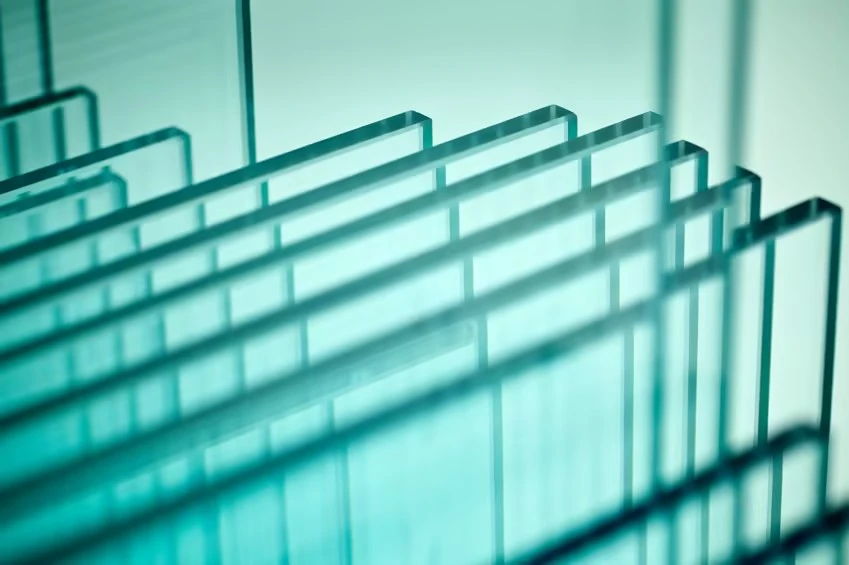

Types of Float Glass A Comprehensive Overview
Float glass, a widely used glass type in construction and various industries, is known for its flat, smooth surface and excellent optical clarity. Developed in the 1950s, float glass became the cornerstone of modern glass manufacturing. The name float glass is derived from the method of production, where molten glass is floated on a layer of molten tin, producing a flat and uniform glass sheet. This article will explore various types of float glass, their properties, applications, and advantages.
1. Standard Float Glass
Standard float glass is the most common type seen in homes and buildings. It is clear and has a flat surface, making it ideal for windows, doors, and various architectural elements. Its high optical clarity and transparency make it suitable for numerous applications, including glass facades and interior partitions. However, standard float glass is not very energy-efficient and may require additional coatings to enhance its thermal properties.
2. Low-E Float Glass
Low-emissivity (Low-E) float glass is engineered to reflect heat and reduce energy loss. It has a microscopically thin metallic coating that allows visible light to pass while blocking infrared radiation. This type of float glass is predominantly used in energy-efficient windows, as it significantly minimizes heat transfer. Low-E glass contributes to improved insulation and helps in maintaining a comfortable indoor climate, making it an excellent choice for both residential and commercial buildings.
3
. Tinted Float Glass
Tinted float glass is available in a variety of colors and shades, which help reduce glare and improve privacy. This type of glass is produced by adding metal oxides during the manufacturing process. Tinted float glass is beneficial for buildings located in sunny regions, as it can effectively reduce solar heat gain while enhancing aesthetics. Its applications include office buildings, skylights, and curtain walls.
4. Patterned Float Glass
Patterned float glass is characterized by its unique surface textures, which can provide both decorative appeal and privacy. The patterns are created by pressing or rolling. This type of glass is commonly found in bathrooms, office partitions, and areas where light is desired but visibility needs to be restricted. It offers an excellent alternative to frosted glass while maintaining transparency and light diffusion.
5. Reflective Float Glass
Reflective float glass is treated with a metallic coating to enhance its reflective properties. This type of glass not only provides privacy by reflecting external views but also helps in reducing heat absorption, making it suitable for commercial buildings. Reflective float glass is often used in skyscrapers and modern architectural designs, where aesthetics and energy efficiency are key considerations.
6. Laminated Float Glass
Laminated float glass is made by sandwiching a